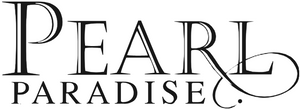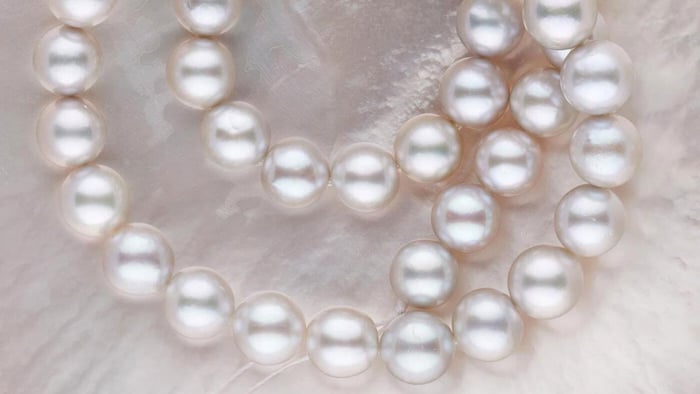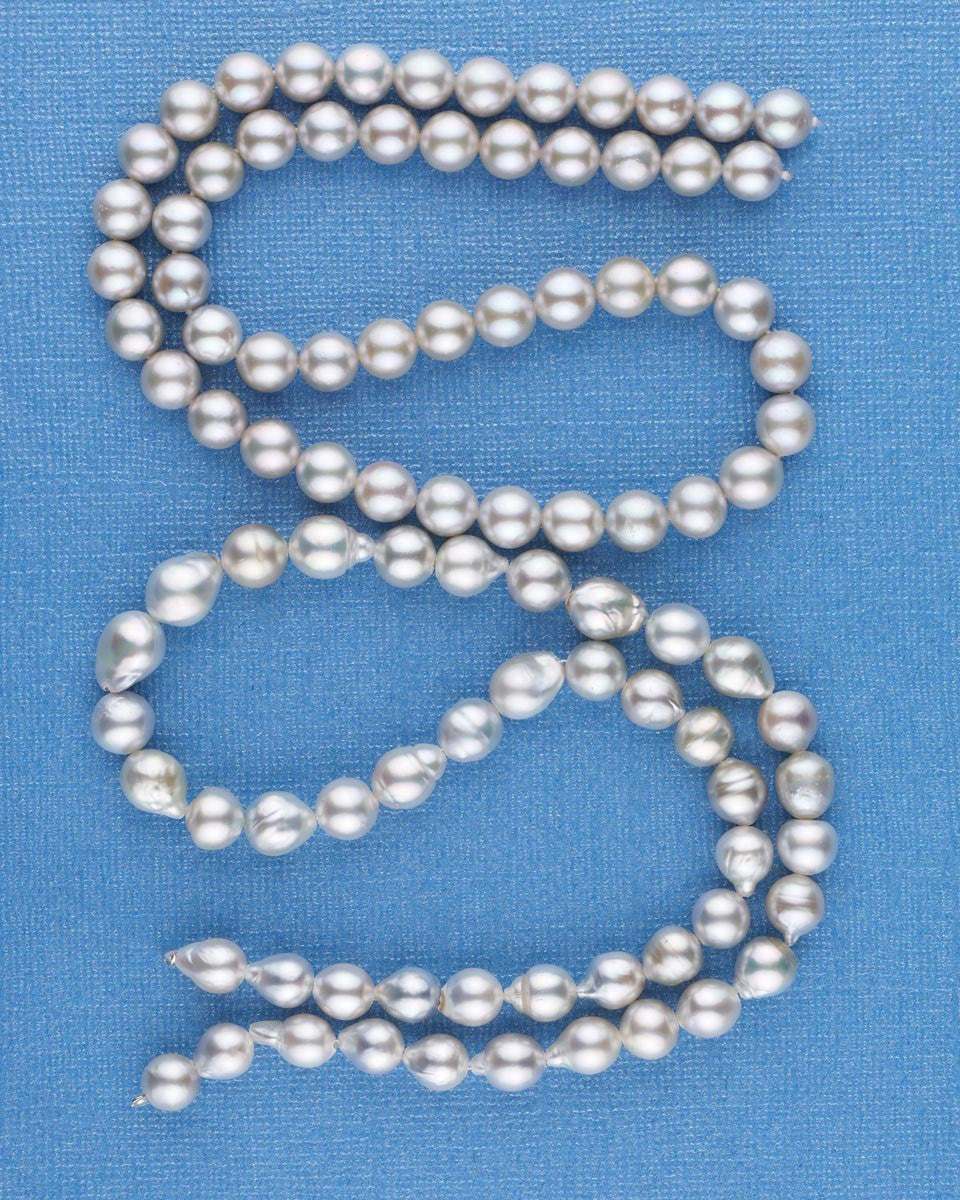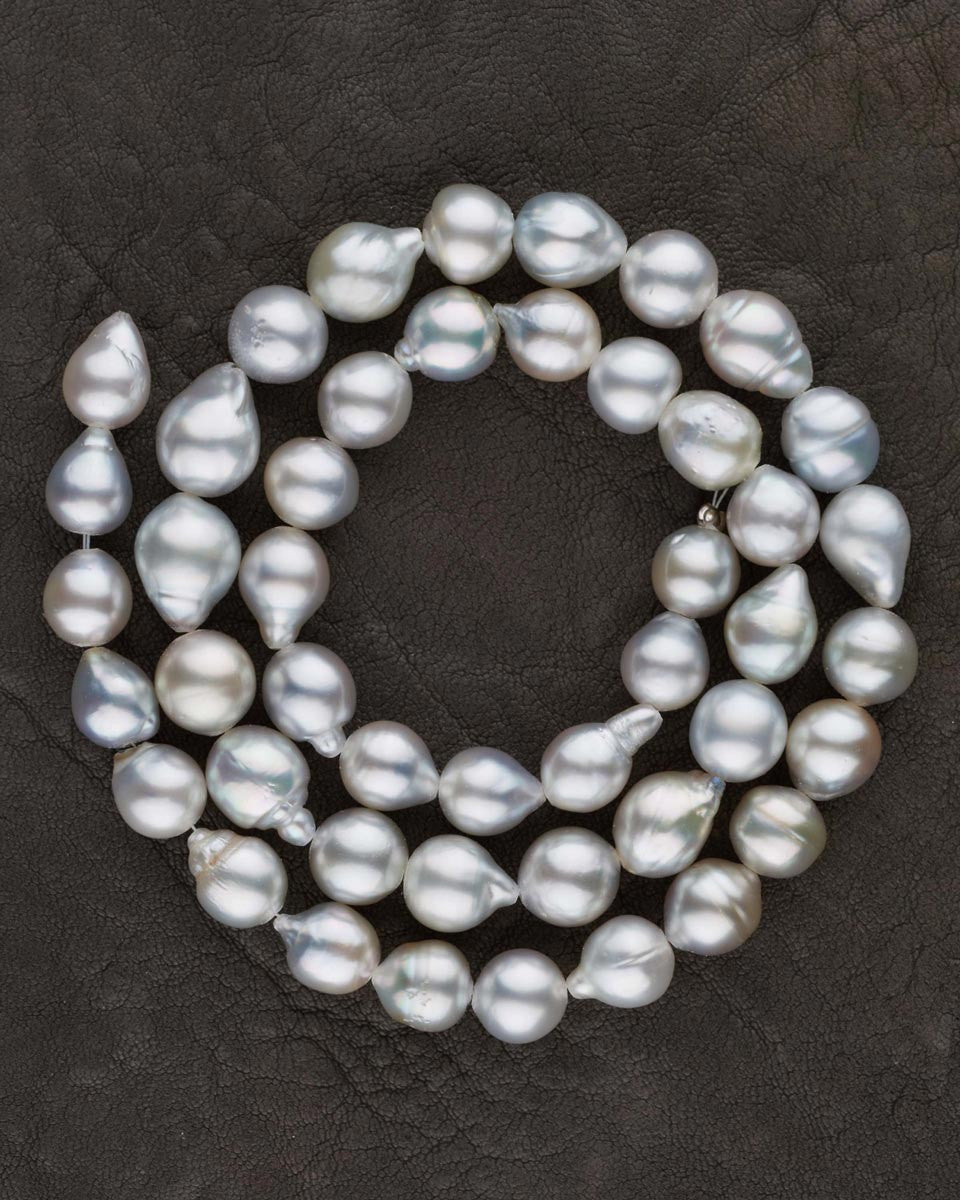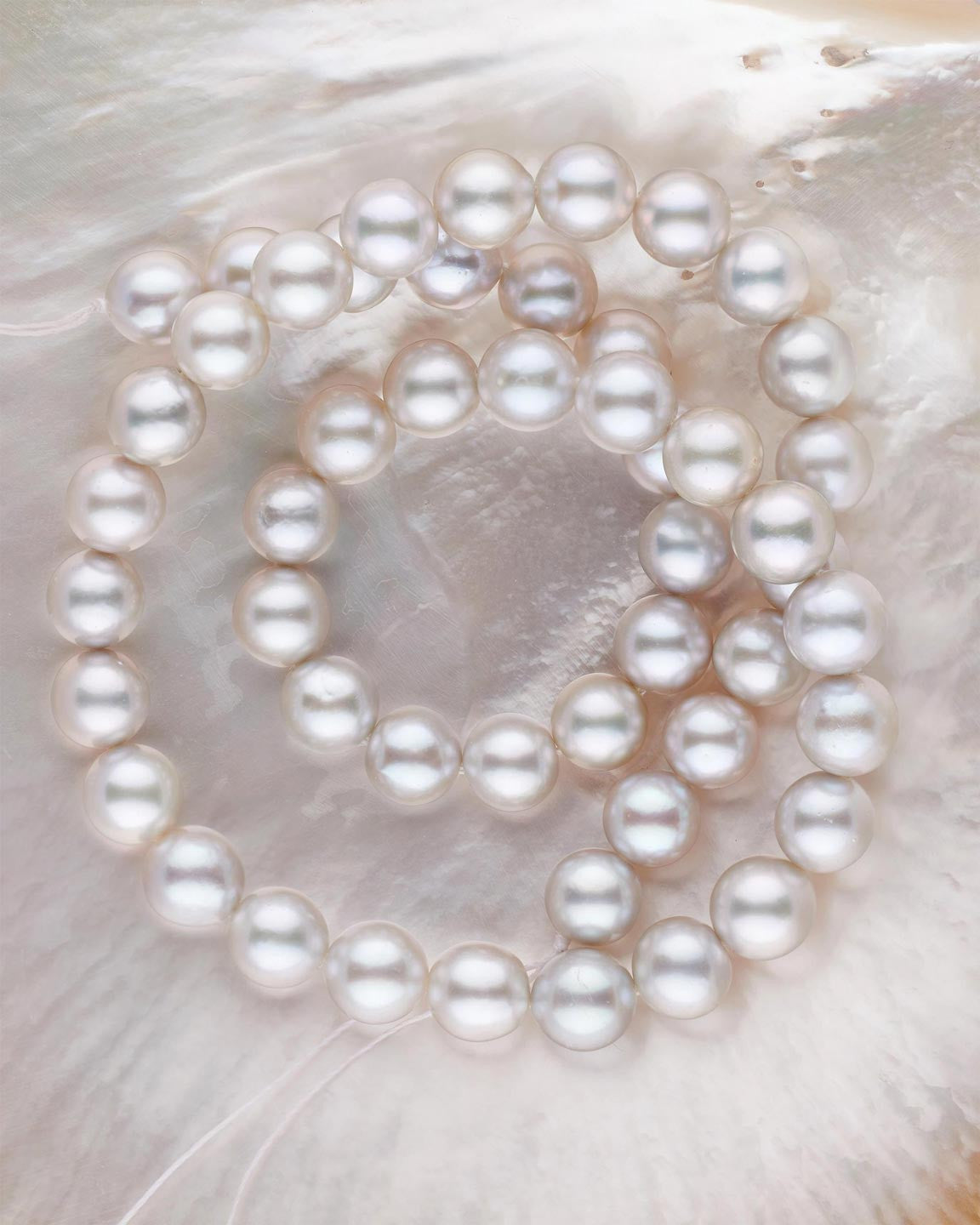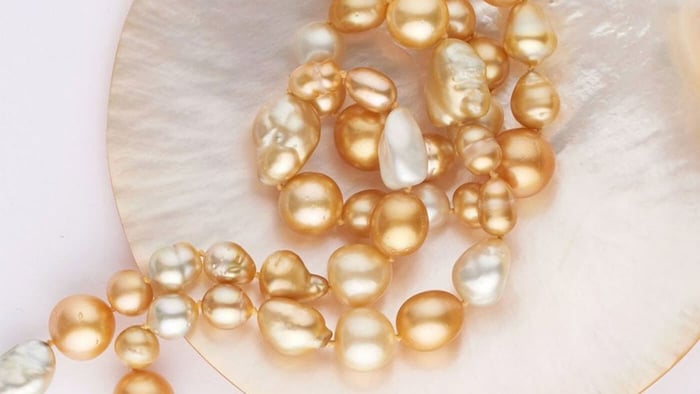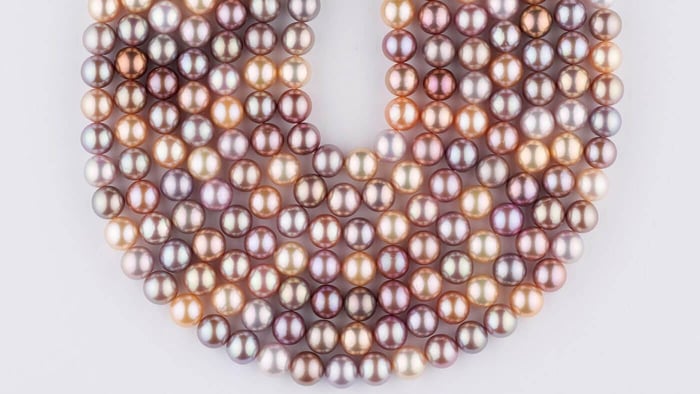In February, Hisano and I attended the Inhorgenta trade show in Munich. I was asked to give a presentation on eCommerce, specifically related to selling pearls online, and an overview of the Pearl Specialist course, Pearls as One. It’s the sort of thing I find myself doing a lot lately; I will be presenting on the course in both Bangkok and New York in the coming months.
Side note: If you’re interested in seeing my thoughts on selling online, I was interviewed on camera after my presentation and you can see it here.
Munich was fantastic, in part because we were able to connect with so many people we rarely see and highly admire, including Laurent Cartier, Douglas McLaurin, Phillip Boausse, Hubert Bari, Raik and Heike Werner, Melanie Georgacopolous, Ahbra Perry, Yianni Melas and so many others. It was a Pearl-Passionate-Peoples' reunion of sorts!

After the presentations, Laurent took me aside and asked me if I’d seen the selection of cultured Red Sea pearls at the show. I’d heard of them, but had never seen a strand in person.
The Red Sea has a history rich in pearling and if the political climate weren’t so delicate over the years, I believe it could have developed into a serious commercial source. It happens to be the native habitat of the Pinctada margaritifera subspecies erythraensis. To put that into context, Tahitian pearls are grown in Pinctada margaritiera cumingii, and Fijian pearls in Pinctada margaritifera typica. These are all subspecies of the black-lipped pearl oyster.
Pearl farming has been attempted there twice. The first time was in 1962, when a Japanese first set up on a farm in Dungunab Bay in Sudan. It closed just a few years later.
The more recent attempt was in 1997, when Australians Rosario Autore and William Reed founded a farm in the same bay. Pearls were produced for several years, but this farm met the same fate.
All the pearls produced 20 years ago were sold to only one firm – in GERMANY! That same firm, the Michael Bonke Company from Deggendorf, was presenting at the show. They had just a few strands remaining. We brought home two!
The colors are somewhat difficult to describe. They are a mix of silver with the slightest hints on champagne. This final photo is the round Red Sea strand on a polished silver-lipped Pinctada maxima shell. The colors are very similar.
Although these pearls were grown in a subspecies of the same shell that produces Tahitian pearls, the differences in color are astounding!
Until next time,
Jeremy Shepherd, CEO
